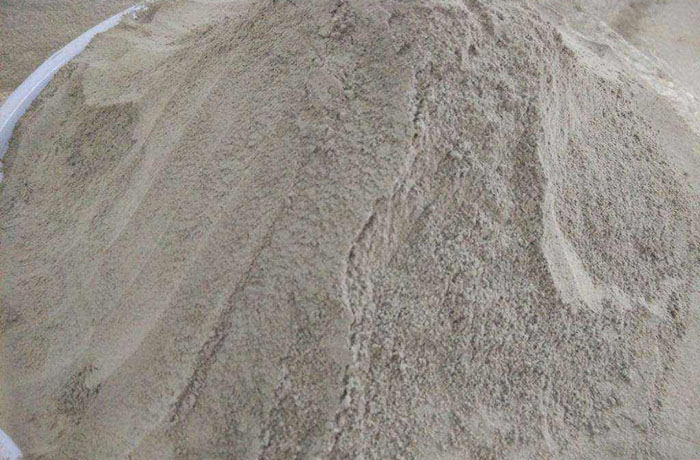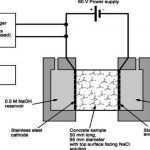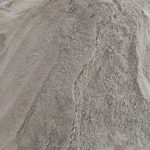There are many methods to test the strength of dry powder ground mortar on site. Among them, the rebound and ultrasonic rebound methods are more common. These are the most non-destructive testing methods in application. The curve established between them is called the strength measurement curve, which is the basis for estimating the strength of dry powder ground mortar.
Rebound method
The rebound test device is affordable, easy to operate, and is not limited by the characteristics of inverted components. It has been widely used in the construction project.
Measurement principle
1) Principle.
There is a relationship between the compressive strength of the dry powder ground mortar and the surface hardness. The elastic force will hit the hammer on the surface of the dry powder ground mortar, and its rebound height will produce a certain proportion with the surface hardness of the dry powder ground mortar.
Therefore, the rebound value reflects the surface hardness of the dry powder ground mortar.
2) Features.
Although the precision of the rebound method is not high enough, the device and operation are very convenient, the test results are also fast, and it will not harm the normal use of dry powder ground mortar, so it is used most commonly in the direct measurement on site.
The factors that affect the accuracy of the rebound method include:
- operation method
- instrument performance
- climate
- temperature
- humidity conditions at that time.
3. Instruments
Factors affecting performance:
The size of main parts, including the length of the strike, the impact length of the strike hammer and the take-off position of the strike hammer
The quality of the main parts, including the tension spring stiffness, the ball radius of the striker, the pointer friction and other related parts.
The quality of the movement, such as the screw for zero adjustments, the fixing of the snapping tension spring and the coaxiality of the movement, etc.
The research shows that as long as the fine aggregate variety and particle diameter of dry powder ground mortar conform to the “Quality Standard and Inspection Method of Sand for Ordinary Dry Powder Ground Mortar,” the impact on the strength measurement of the rebound method is not strong.
The surface state of dry powder ground mortar
1. When testing the surface, if the surface is rough, the dispersion of the rebound value will definitely be large, which means that under the same strength, the rebound value of the dry powder ground mortar will vary with the nature and type of the template used. Differences, rough surfaces can be smoothed with a grinding wheel and then tested to get more realistic test results.
2. The spring-back values are different on the surface and sides of the formed components and the values measured on the bottom.
Due to the influence of bleeding and thickness, the surface rebound value of dry powder ground mortar is lower than that of the side. The bottom surface will sink due to the stone, and the rebound value is higher than that of the side surface. Therefore, when testing, try to test the side numbers of the dry powder ground mortar from the horizontal direction as much as possible.
3. Humidity. The condition of the surface humidity is related to the moisture content and also has a significant effect on the value. With the increase of the surface humidity of dry powder ground mortar, the value will gradually decrease, so the test should be done when the surface is dry.




